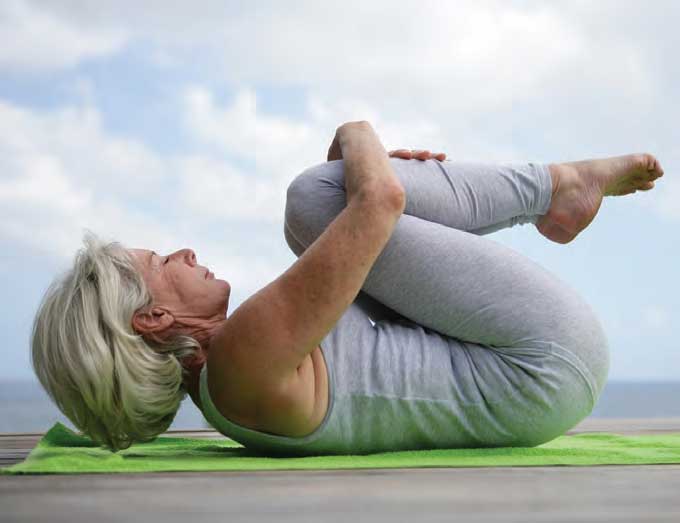 There are several factors that predispose us to have altered posture as we age and each will be considered. But before mentioning each factor, it is important to know that our bones, muscles, and joints are all part of the musculoskeletal system that defines our posture. The backbone or vertebral column is made up of the bones (called vertebra), joint-like spaces called intervertebral discs, and muscles. Age has a pronounced effect on all three and over time the back tends to curve forward resulting in an increasingly stooped posture.
There are several factors that predispose us to have altered posture as we age and each will be considered. But before mentioning each factor, it is important to know that our bones, muscles, and joints are all part of the musculoskeletal system that defines our posture. The backbone or vertebral column is made up of the bones (called vertebra), joint-like spaces called intervertebral discs, and muscles. Age has a pronounced effect on all three and over time the back tends to curve forward resulting in an increasingly stooped posture.
Osteopenia and osteoporosis are medical terms that mean loss of bone density — little to more, respectively. There is loss of calcium in the bones and this produces the loss of density. This begins in women at menopause and in men around age 65. There can be a slight reduction of the size of less dense bones in the spine that could contribute to posture.
The major factor that contributes to spinal curvature is the change in the intervertebral discs. Between each vertebra, there is a gelatin-like cartilage that separates the vertebra. With age, these discs harden and lose flexibility with the inevitable result of compressed total length of the spine and a forward tilt called kyphosis. These aging changes together are called senile kyphosis and are considered a normal part of aging.
Muscle mass also changes with age with a process called sarcopenia. Muscles shrink and may be replace by fat and/or fibrous tissue either of which weakens the muscle. The loss of muscle strength with age contributes to the curvature of the spine.
Another factor that influences statue is the change from a lean body to one with more fat. This process begins at age 30 in both genders. The fat tends to be concentrated at the waist. Men tend to gain weight until about age 55 and women 65. The redistribution of weight contributes to the changes in the spine.
Some of the pathologic processes that can occur with the normal aging are fractures of the bones and arthritis that make the bones and discs more rigid, curved and painful.
 As with most age-related changes, there are things that we can do to prevent or delay the changes. The list below shows factors that we choose and which can improve our posture. Most of the factors are self-explanatory and well known to readers of this column. Exercise is by far the most important factor in maintaining a younger posture because it improves the bone and muscle functions that are essential in maintaining musculoskeletal health. The last item, paying attention to erect posture and not slumping, is easier said than done. One must be mindful of proper carriage.
As with most age-related changes, there are things that we can do to prevent or delay the changes. The list below shows factors that we choose and which can improve our posture. Most of the factors are self-explanatory and well known to readers of this column. Exercise is by far the most important factor in maintaining a younger posture because it improves the bone and muscle functions that are essential in maintaining musculoskeletal health. The last item, paying attention to erect posture and not slumping, is easier said than done. One must be mindful of proper carriage.
Factors Affecting Postural Changes With Age:
- Exercise — the more one regularly exercises the more posture
can improve. - Diet — balanced diet with vegetables, fruit, no red meat leads
to health. - Calcium and vitamin D improve bone density.
- Limit alcohol use.
- Do not smoke.
- Behavioral changes of purposefully maintaining erect posture.
As with so many things in healthy aging, there are constant and immutable changes that occur simply because they are a normal part of the aging process. Erect posture is one of the things that is lost with age, but there are a number of things we can do to delay or minimize the changes in posture as our bones, joints, and muscles are altered by age.





 © 2025 Kirby Pines LifeCare Community. All Rights Reserved |
© 2025 Kirby Pines LifeCare Community. All Rights Reserved | 